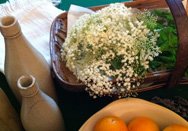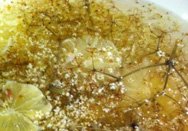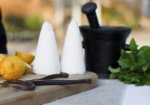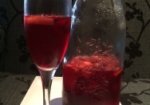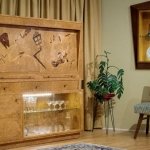Elderflower cordial
Right on cue, as we were setting the dates for the ‘Punches, cordials and refreshers‘ workshops that are held this month, magnificent heads of elderflower appeared in the herb garden at Vaucluse House.
Elderflower cordial has a delicate yet distinct flavour – highly floral, with a heady scent – which the flowers themselves don’t seem to have until they are hit with hot syrup which extracts their characteristic aromas. When the cordial is first made, the lemon seems to dominate but in time the lemon defers to the flavour and fragrance of the elderflower, which lingers on the nose and the palate. You can taste why it is so revered – it seems to capture the elusive flavour of a timeless English summer.
Common across England, elderflowers and berries have been used for centuries – the flowers for cordials and the berries to make wine. Testament to their abundance in the English countryside, most cordial recipes call for as many as twenty to one hundred flower heads per batch but, even in its prime, the maximum number of heads from our tree has been twelve or so at any one time. Luckily the cordial is easy to make, so I’ve settled for making a litre at a time, which makes it even more special.
Elderflower is quite a tall and spreading plant, so if you’re growing it leave a bit of space. It’s particularly attractive grown at the back of a perennial border. In this view of the Vaucluse House herb garden you can see the elder with its white flower heads growing at the back, behind the rosemary.
Elderflower cordial
| By author | Sophie Grigson |
Ingredients
- 12 elderflower heads (in bloom)
- 600g white sugar
- 900ml boiling water
- 2 lemons (if store bought lemons, remove wax coating with boiling water)
- 35g citric acid
Note
I've adapted Sophie Grigson's classic recipe for this cordial concentrate.
The cordial needs to develop overnight before bottling, so it's a two-day process. Citric acid works as a preservative for the cordial. You can buy citric acid from health food shops and supermarkets in the 'make and bake' aisle. Elderflowers deteriorate quickly once picked, so it's best to have the other ingredients ready before harvesting.
Directions
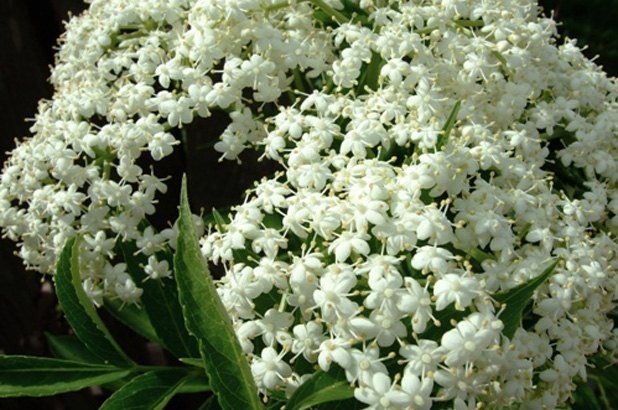
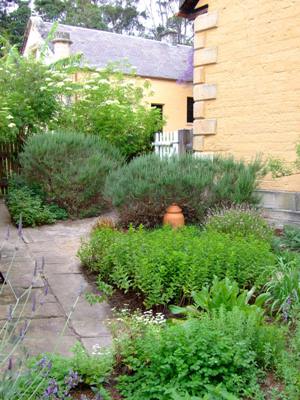
 Print recipe
Print recipe
